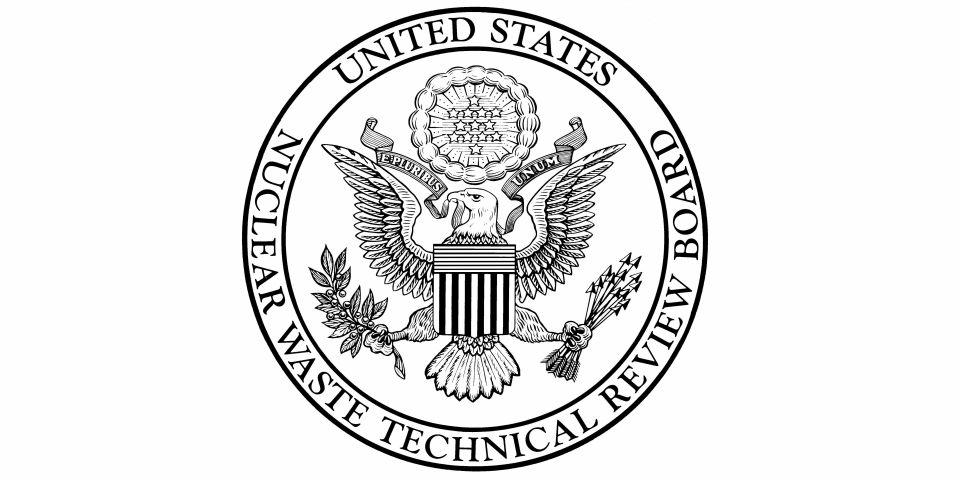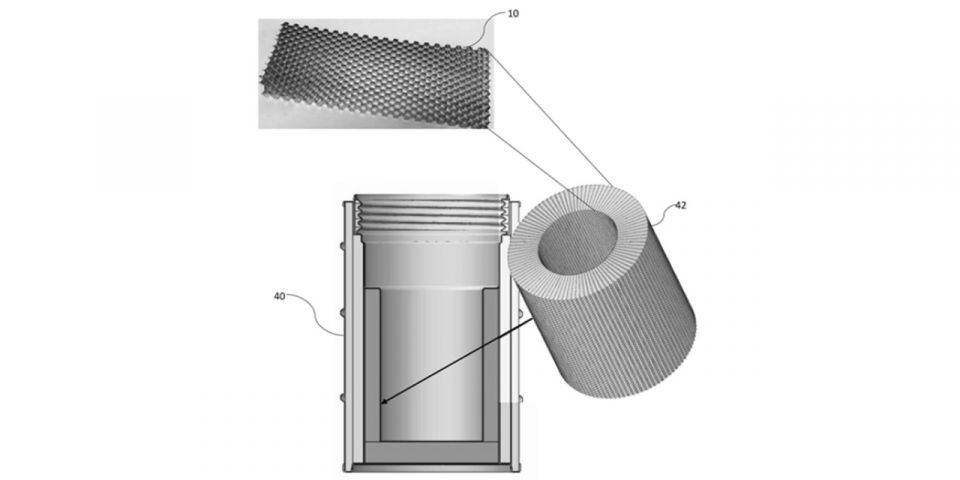In addition to high vacancy levels, the GAO said that DOE-EM faces high attrition rates, and that many staff are or will soon be eligible for retirement. For FY 2023, DOE-EM’s average attrition rate was 10.6, which exceeded the DOE’s and the federal government’s average attrition rates of 8.1 percent each, according to the GAO. While DOE-EM has taken some actions to recruit, hire, develop, and retain personnel, its efforts have been insufficient to counter attrition, the GAO added.
The report, Nuclear Waste Cleanup: Changes Needed to Address Current and Growing Shortages in Mission-Critical Positions (GAO-24-106479), was published on July 18.
Why it is important: According to the GAO, DOE-EM staffing shortages have negatively affected the office’s ability to meet its mission. “Specifically, agency documentation has reported that staffing shortages have contributed to missed safety inspections, cost overruns, schedule delays, and accidents such as fires and radiation leaks,” the report states.
In addition, the GAO said that gaps in DOE-EM’s workforce planning hamper the office's ability to recruit, hire, develop, and retain the federal workforce it needs to achieve its mission.
Recommendations: To address its workforce problems, the GAO is recommending that Congress consider requiring the office to report annually on its hiring and retention efforts. The GAO also made 10 recommendations to DOE-EM to improve its workforce management, including the development of a forward-looking workforce plan and updates agreements with the DOE’s Shared Service Center, which handles most of the office’s hiring functions.
DOE-EM agreed with the GAO’s recommendations. In response to a draft of the report, the office said it has implemented several initiatives to build and maintain its workforce, including establishing fellowship and internship programs, participating in the DOE’s Minority Serving Institutions Partnership Program, and engaging directly with universities and colleges.
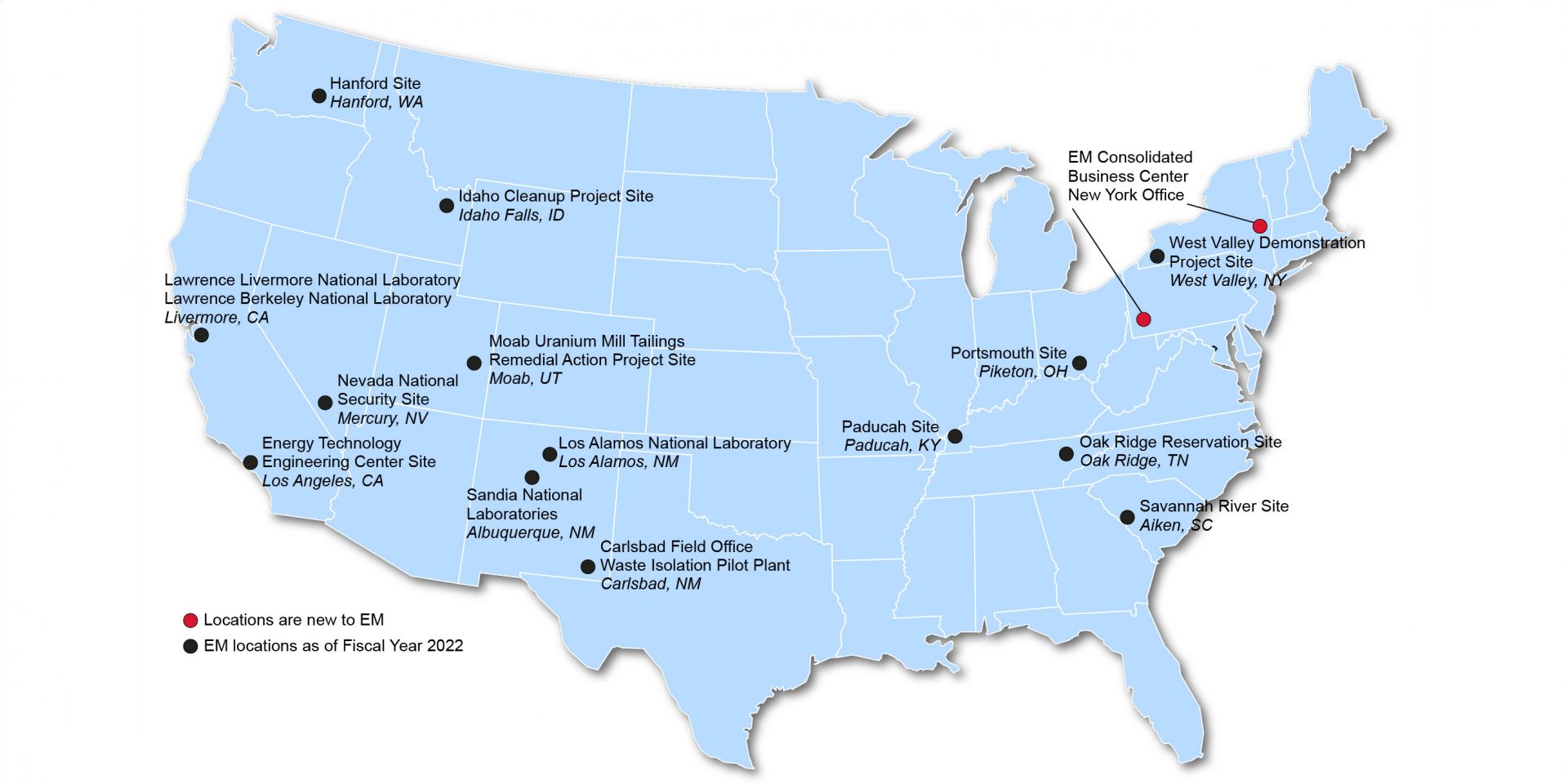


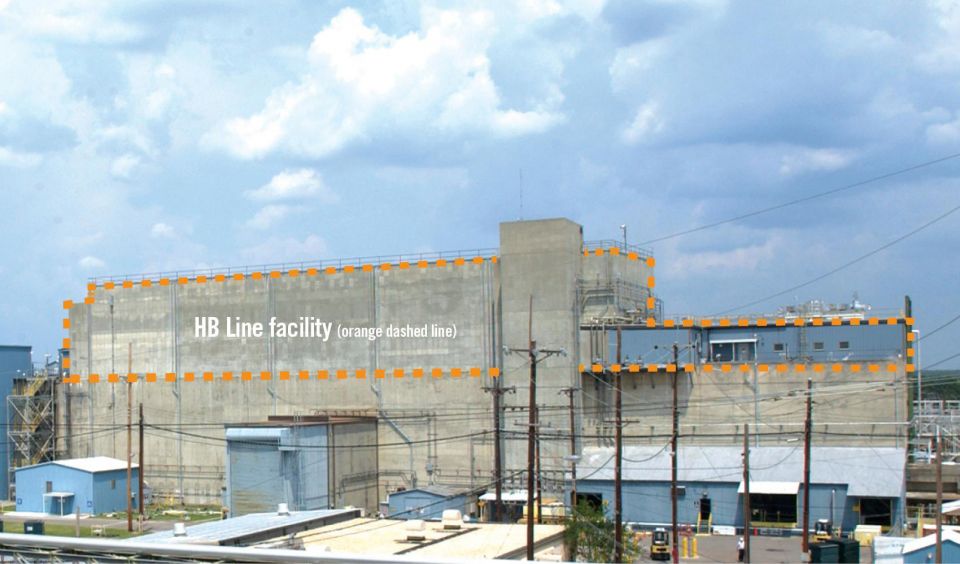
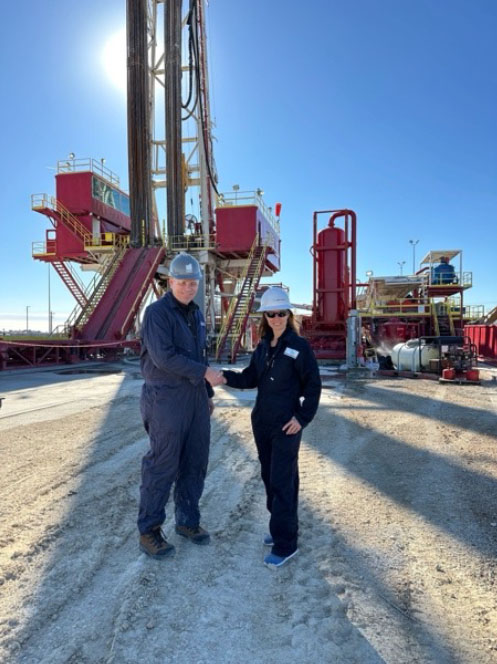.jpg)
